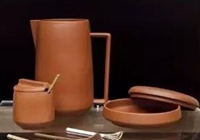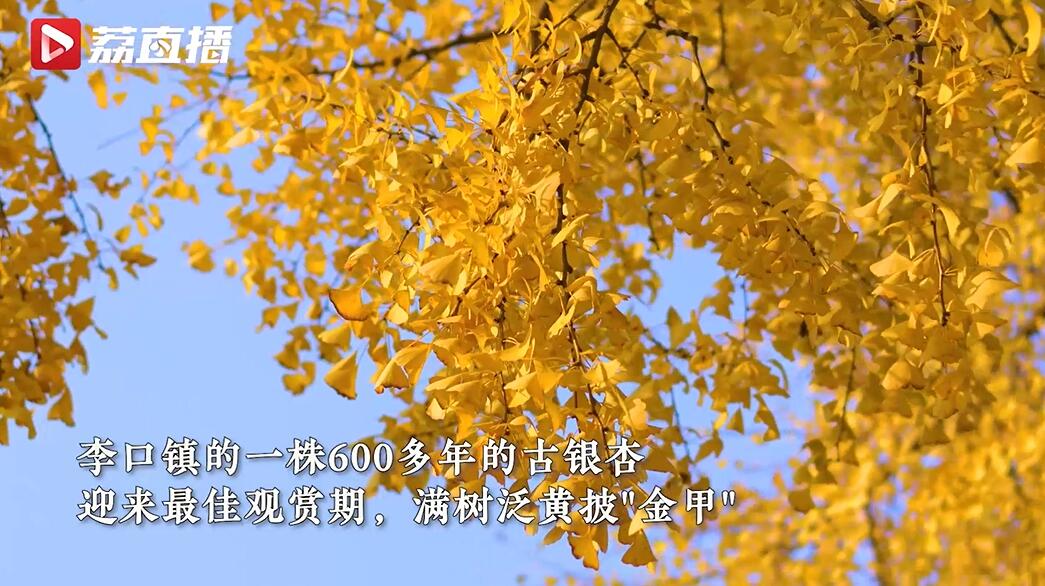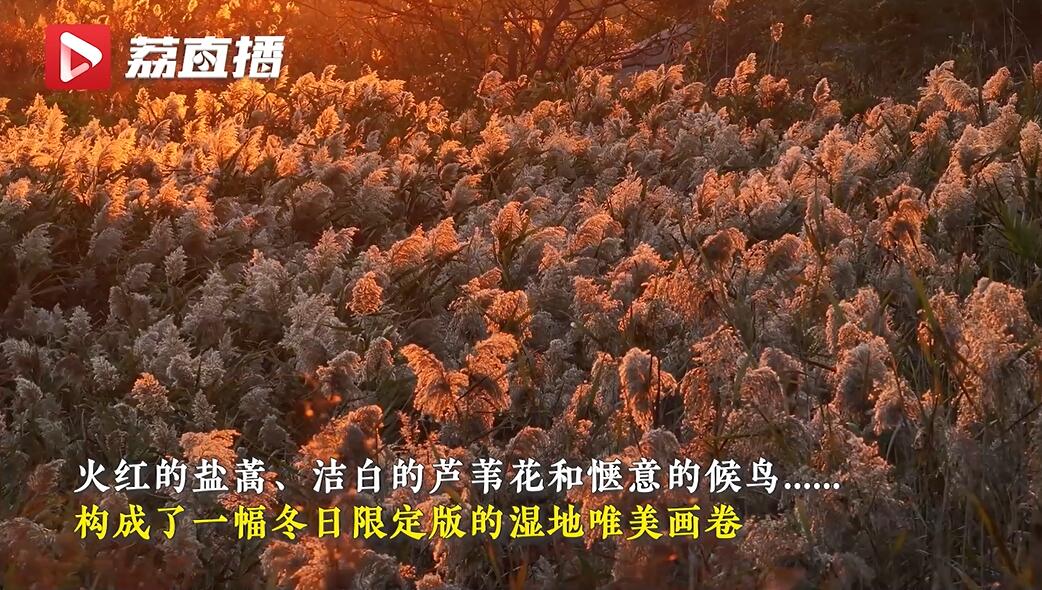紫砂,或紫粘土,是中国历史悠久的重要材料,自古以来,它就被广泛地应用于制作茶壶和壶。在今天,甚至还出现了紫砂电饭煲。
大多数人已经习惯了使用传统中国风格的紫砂瓷器,英国设计师克里斯多夫·詹纳(Christopher Jenner)却让这种材质有了全新的面貌。
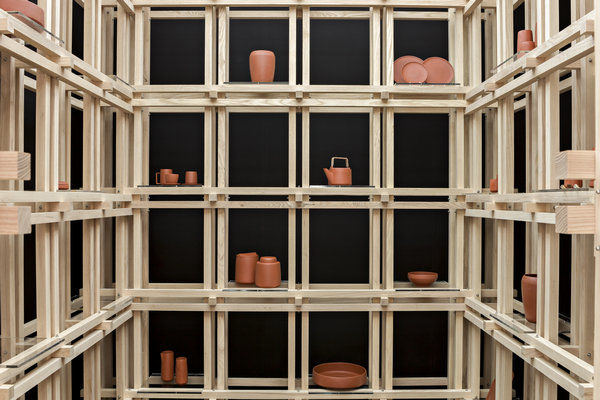
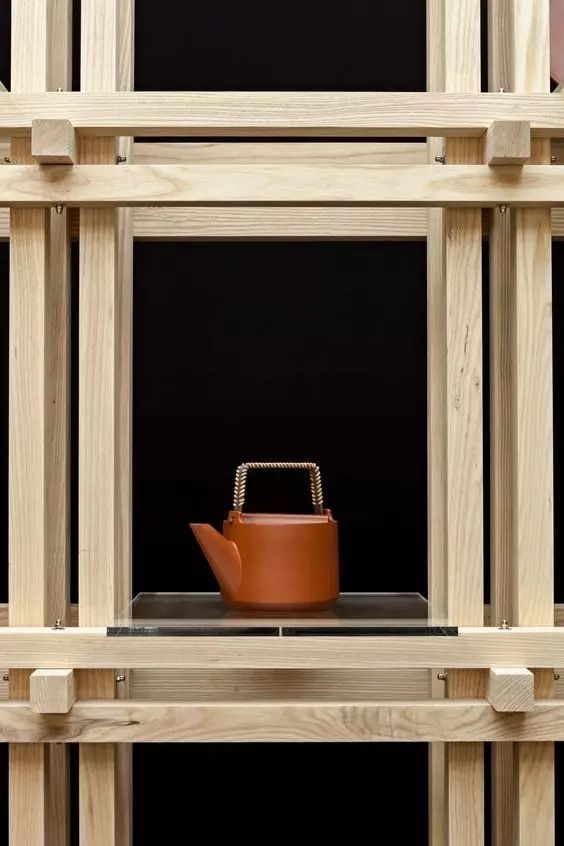
克里斯多夫·詹纳设计的“宜兴”(Yixing)茶具套件
詹纳于2010年在伦敦成立自己的设计工作室。生于南非常居伦敦的他,十分善于从不同的地域和文化中汲取设计灵感,为古老的物件注入新的生命。他的设计风格深度集成复古、传统与现代经典设计,形成自己独特风格。现在客户多为奢侈与生活家居品牌,提供设计服务的同时,也在做一些自己的产品项目,这些项目代表了设计师对于自身定位设计风格的探索和研究,对于传统手工艺的重新构想,让设计结合创意与新技术,更加前卫而具有好的使用体验。
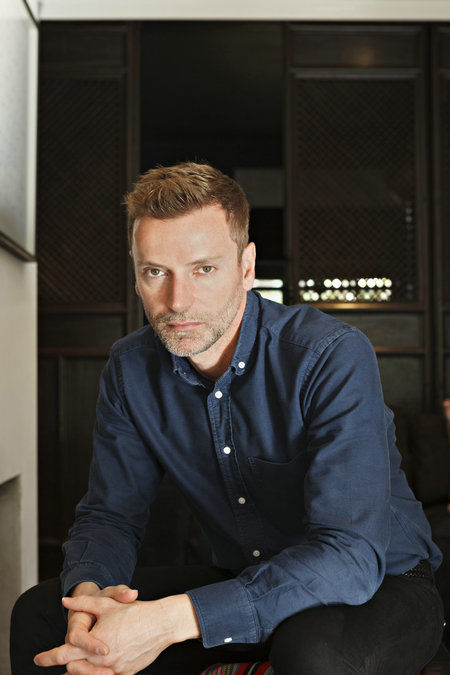
克里斯多夫·詹纳
一次上海之行,詹纳初次了解到紫砂材料,并被其独特的质感和丰富的颜色选择而吸引,进而有了这样一套茶具设计的想法。他先后六次赶赴江苏省宜兴市——中国最著名的的紫砂之乡——去完成他的设计:“宜兴”(Yixing)茶具套件。
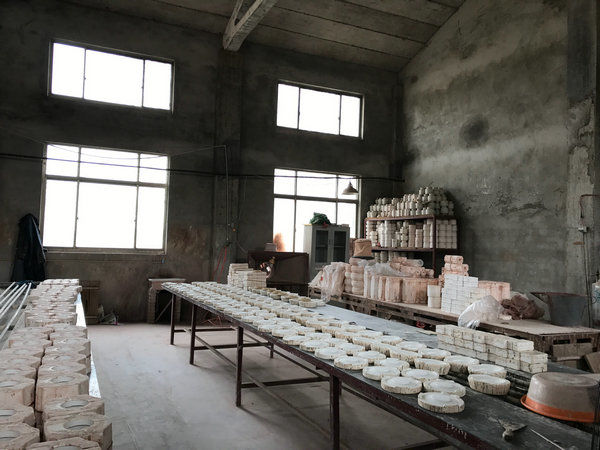
宜兴的一家陶瓷工作坊
“宜兴”(Yixing)系列定位于现在对于传统复古材料使用的产品需求,造型简单优雅,构成一个统一而完整的集合,包括茶具、盘子、碗、储存罐、壶、花瓶,不同的形态造型由紫砂特有的红色贯穿统一。该项目算是一个材料的探索项目,在中国宜兴作坊生产制作,克里斯多夫·詹纳设计,现代设计与传统素材,一次邂逅,一次碰撞。该项目在2017年的米兰家具展推出后,引起了广泛关注。
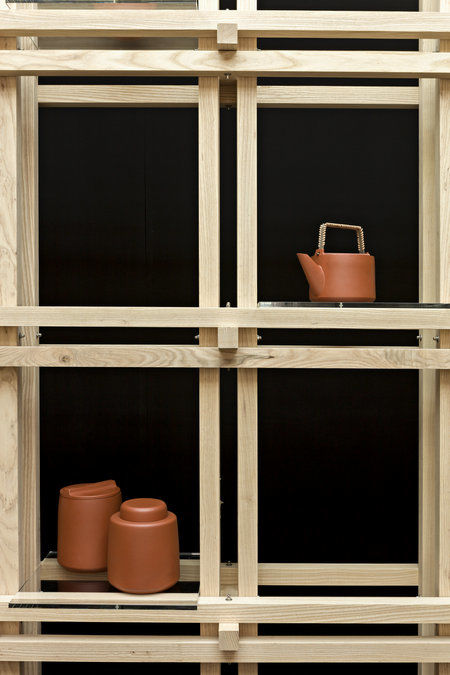
克里斯多夫·詹纳设计的“宜兴”(Yixing)茶具套件
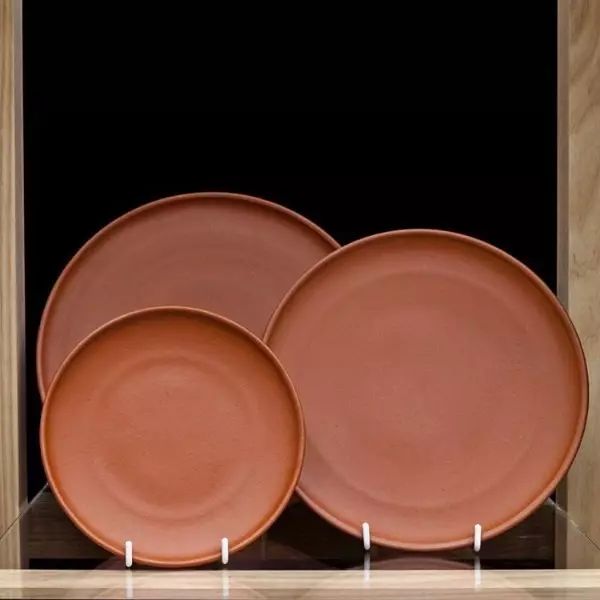
克里斯多夫·詹纳设计的“宜兴”(Yixing)茶具套件
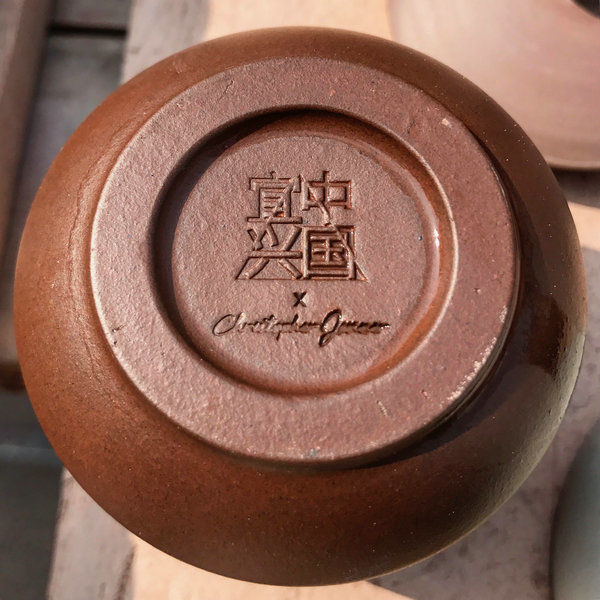
克里斯多夫·詹纳“宜兴”系列陶瓷设计的logo
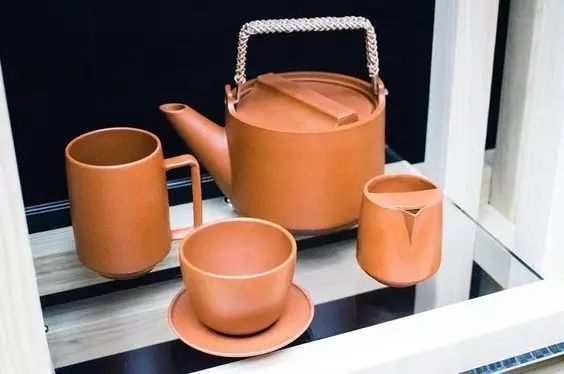
克里斯多夫·詹纳设计的“宜兴”(Yixing)茶具套件
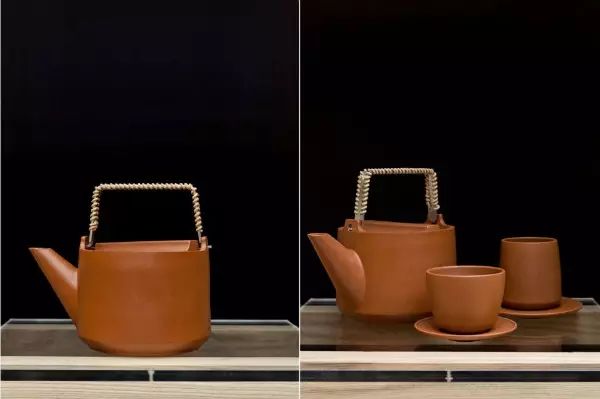
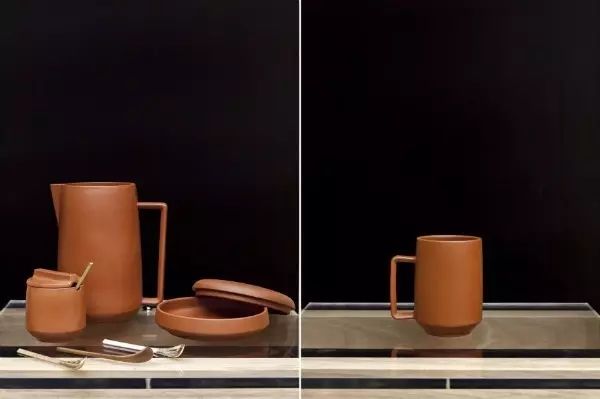
克里斯多夫·詹纳设计的“宜兴”(Yixing)茶具套件
以下是Jenner的10个问与答,这将让你更多地了解这位设计师,以及他是如何受到中国文化的启发。
Q: What made you want to be a designer? Or why did you choose to be a designer? Who influenced you most?
是什么让你想成为一名设计师?或者你为什么选择当设计师?你最受到谁的影响?
A: I was always very interested in making things and from an early age I had free reign of my dad's workshop and the amazing tools my grandfather collected. The reason I chose design was that it allowed me to play within a broader spectrum of disciplines; I never wanted to be placed in a box under a certain discipline. It is important for me to be able to express my creative personality in as many varied ways as possible.
我一直对制作东西很感兴趣从很小的时候开始我就有了我父亲的工作室和我祖父收藏的神奇工具。我选择设计的原因是它让我能在更广泛的领域中发挥作用;我从未想过要被置于某种特定的纪律之下。对我来说,能够以尽可能多的方式表达我的创作个性是很重要的。
From an influence perspective I would say I'm mostly influenced by cultures around the world and the manner in which they themselves express creativity through craft, design and art.
从影响的角度来看,我认为我主要受到世界各地文化的影响,以及他们通过工艺、设计和艺术表达创造力的方式。
Q: How did you get to know Chinese ceramics and how did they inspire you to design new products?
你是如何了解中国陶瓷的?他们是如何启发你设计新产品的?
A: I first discovered Yixing ceramics on a trip to Shanghai, where I was captivated by their simple material beauty. Yixing ceramics are very much part of the Chinese love affair with tea; they play a superbly functional part in this ritual. I wanted to capture this functional aspect and broaden its appeal to a larger global audience through the design of this home ware collection.
我在去上海的途中第一次发现了宜兴陶瓷,在那里我被他们简单的物质美所吸引。宜兴陶瓷是中国人喜欢喝茶的一部分;他们在这个仪式中扮演了一个非常重要的角色。我想通过这个家居用品系列的设计,来捕捉这个功能方面,并扩大它对更大的全球观众的吸引力。
Yixing ceramics were first used in the Song Dynasty (960-1127). The minimal shapes of this dynasty were the starting point for the design of this collection.
宜兴陶瓷最早使用于宋朝(960-1127)。这个王朝的最小形状是这个系列设计的起点。
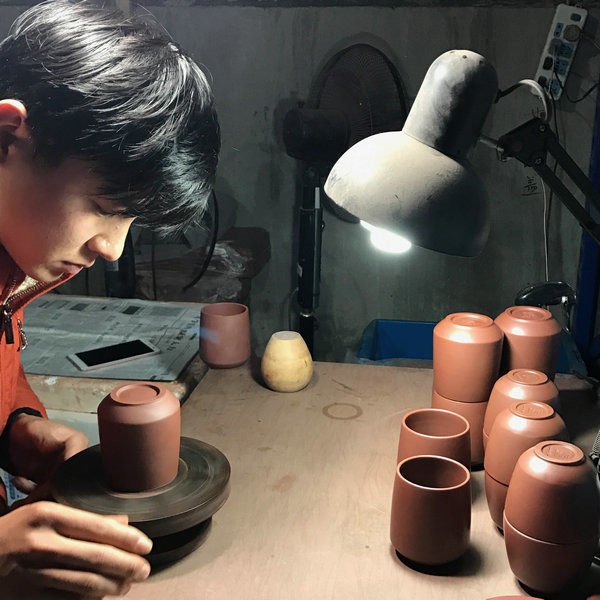
一位工匠正在服务于詹纳的“宜兴”(Yixing)项目
Q: How did you find the Chinese craftsmen to make ceramics for you?
你是如何找到中国工匠为你制作陶瓷的?
A: I went straight to the internet and contacted a handful of suppliers who seemed best positioned to help me. Based on their response we sent the brief and design information to a couple of suppliers.
我直接去了网上联系了几位似乎最适合帮助我的供应商。根据他们的反应,我们向几个供应商发送了简要的设计信息。
It was then necessary to travel to China to meet with them and decide who would be the best partner in this venture.
然后就有必要去中国和他们见面然后决定谁是这次冒险的最佳拍档。
Q: Did you encounter any problems while finding those craftsmen, say, language problems? Could you tell us more about the whole story?
你在找到那些工匠的时候遇到了什么问题吗,比如说,语言问题?能否告诉我们有关整个故事的更多信息?
A: When you approach a project like this you know you are going to face an endless stream of issues. The challenge is to face them in a manner you think would be best for all the parties. You need to remain sensitive to the needs of all those involved in the process, yet aim to achieve your vision. Language is always an issue but with the help of modern technology the gap is closing. We used WeChat thought the project, the instant translate on this app is amazing.
当你接近这样一个项目时,你知道你将面临无穷无尽的问题。挑战是要以你认为最好的方式面对他们。你需要对参与过程的所有人的需求保持敏感,但要达到你的目标。语言总是一个问题,但在现代技术的帮助下,差距正在缩小。我们用微信来思考这个项目,这个应用程序的即时翻译是惊人的。
Of course there are also cultural issues, and the issues of tradition. The way I think of the craft is less traditional and more globally orientated, and the way we have applied the traditional techniques is completely new to our partners, so there is an element of risk involved throughout the process.
当然还有文化问题和传统问题。我对工艺的看法是不那么传统的,更全球化的,我们采用传统技术的方式对我们的合作伙伴来说是全新的,所以整个过程中都存在着风险因素。
Q: How many times did you go to Yixing? How did you find the city?
你去宜兴多少次了你是怎么找到这个城市的?
A: I traveled to Yixing six times through the project. This is a big commitment for a small studio like ours but we realize the importance of showing our face and engaging directly with our partners.
我在这个项目里去了六次。对于像我们这样的小工作室来说,这是一个巨大的承诺,但是我们意识到露面与我们的合作伙伴直接接触的重要性。
Yixing is considered a "town" in China and even with a population of 1.3 million people, everything is in a state of flux, change is everywhere and the development is impressive. Nothing could have prepared me for the sheer scale of the ceramics industry in Yixing - there are literally thousands of people involved in the manufacture of these beautiful pieces.
宜兴被认为是中国的一个“镇”,即使有一百三十万人口,一切都处于不断变化的状态,变化无处不在,发展令人印象深刻。在宜兴,没有什么能让我为陶瓷行业的庞大规模做好准备——有成千上万的人参与制作这些美丽的艺术品。
Q: In an interview with Interior Design in September 2017, you mentioned that products need more human perspective. How did you apply this idea in your Yixing ceramic designs?
在2017年9月对室内设计的一次采访中,你提到产品需要更人性化的视角。你是如何在宜兴陶瓷设计中应用这个想法的?
A: By this I mean consumers need to make a bigger investment into products that are handmade, products that have an element of craft and culture. This was the point of our project with Yixing - how could we take what is essentially a traditional craft and position it for the global consumer, creating and producing products that carry a deeper meaning and are a reflection of culture?
我的意思是,消费者需要对手工制作的产品进行更大的投资,这些产品具有工艺和文化元素。这就是我们与宜兴的项目的“重点”——我们如何能把本质上是传统工艺的东西放在全球消费者的位置上,创造并生产出具有更深层意义的产品,并反映出文化?
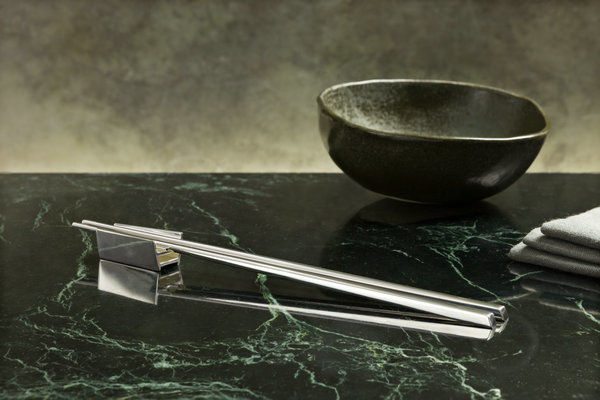
克里斯多夫·詹纳设计的筷子
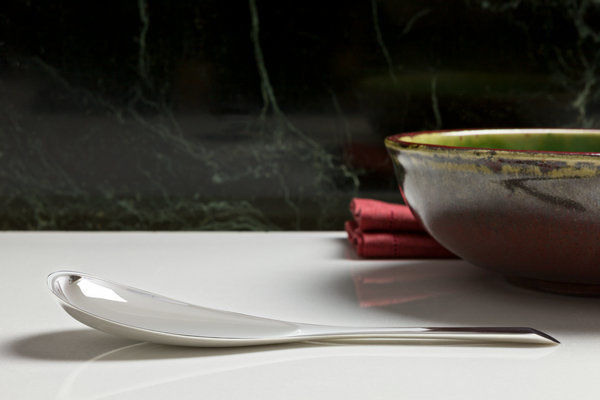
克里斯多夫·詹纳设计的汤匙
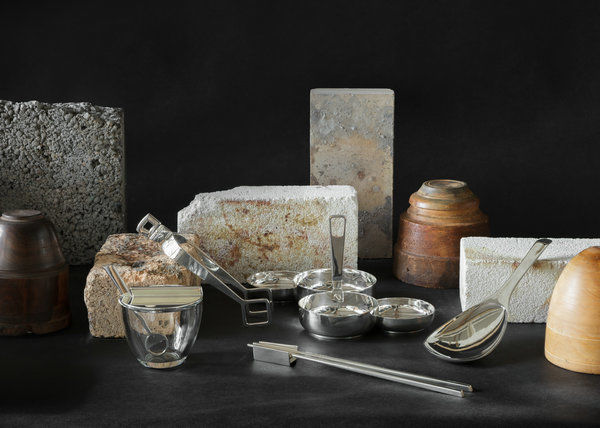
克里斯多夫·詹纳设计的家庭用品
Q: It is said that you are "an expert at using technology and branding to make what's old feel new again". How did you make the old Chinese ceramic wares look new? What technologies did you use in the design?
据说,你十分善于使用技术和品牌,让旧的物件焕然一新。你是如何使中国古老的陶器看起来焕然一新?你在设计中使用了什么技术?
A: Yes this is true, the idea behind this statement is that to ensure the continued existence of many traditional crafts it’s essential the techniques behind them also change … this can be achieved through the use of computer software, where a new dynamic illustration of a design is possible, or the use of 3D printing, where one can create a physical representation of a concept well ahead of physically making something. New techniques like laser cutting, etching and computer numerical control (CNC) also allow us to re-imagine the potential of these crafts.
是的,这是真的,这句话背后的想法是,为了确保许多传统工艺品持续存在,它们背后的技术随之改变是必要的…比如通过使用电脑软件可以对设计进行新的动态图示,或使用3d打印技术,我们可以在物理上创造出一个概念的物理表征。像激光切割、蚀刻和计算机数控(CNC)这样的新技术也让我们能够重新想象这些手工艺品的潜力。
From a branding perspective it's important to understand that consumers are less interested in products than in brands - 'people buy brands not products'- so from this perspective it's essential that you approach a project like this as though you're developing a brand. Therefore storytelling, positioning and propositions become very important in the delivery of a project of this nature.
从品牌的角度来说,理解消费者对产品的兴趣要比品牌小,这一点很重要——“人们购买品牌不是产品”——所以从这个角度来看,你必须像开发一个品牌一样对待这个项目。因此,讲故事、定位和命题在这个性质的项目中变得非常重要。
Q: Apart from ceramics, are you interested in other things in Chinese culture?
除了陶瓷,你还对中国文化感兴趣吗?
The reason for my continued involvement in design is a commitment to exploring different cultures, and their expression through crafts and art. From this perspective it is easy to see how China is an enigmatic part of this journey. Five thousand years of continued cultural development and progress provides me, as a designer, with an endless array of creative potential. Add to this the changes in China and a renewed interest in the country and its heritage and you have a perfect marriage of creativity and culture.
我继续参与设计的原因是致力于探索不同的文化,以及他们在工艺和艺术上的表达方式。从这个角度看,很容易看出中国是这次旅程中一个谜一样的部分。五千年的持续的文化发展和进步,给我作为一个设计师提供了无尽的创作潜力。再加上中国的变化和对国家和文化遗产的重新关注,你就有了一个完美的创意和文化结合。
Crafts I'm particularly interested in are Beijing cloisonné, red lacquer ware, bamboo and paper craft, but I know this is only the tip of the iceberg. There is a universe of potential traditional crafts in China, which will allow us to tell the world about your culture.
我特别感兴趣的工艺品有北京景泰蓝、红漆器、竹和纸工艺品,但我知道这只是冰山一角。在中国有一个潜在的传统手工艺世界,它将允许我们向世界讲述你们的文化。
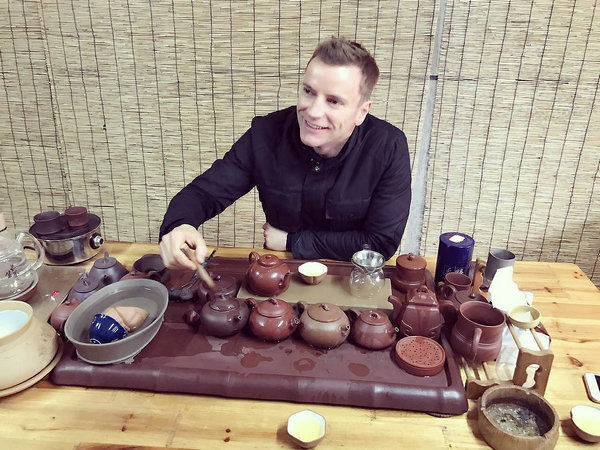
克里斯多夫·詹纳在宜兴尝试中国茶。
Q: Is there a possibility that you will go on using Chinese elements in your future designs?
在未来的设计中,你有没有可能继续采用中国元素?
Absolutely. I see our Yixing project as the start of a relationship with China; we hope and trust our commitment to Chinese culture will be rewarded with more projects of the same nature, allowing us to add our creative potential to the development of this initiative.
绝对的。我认为我们的宜兴项目是与中国建立关系的开始;我们希望并相信我们对中国文化的承诺会得到更多同样的项目的回报,让我们能将我们的创造性潜能发挥到这个项目的发展中去。
Q: What’s your favorite thing about China or Chinese culture?
关于中国或者中国文化,你最喜欢的是什么?
我喜欢你们积极进取的态度,任何事情都有可能,并且有共同的承诺让事情发生,当然,食物简直太棒了!
I love your can-do attitude, where anything is possible and there is a shared commitment to making things happen. And then, of course, the food is simply fantastic.
(来源/综合自中国日报网、不二艺术,编辑/刘静)
